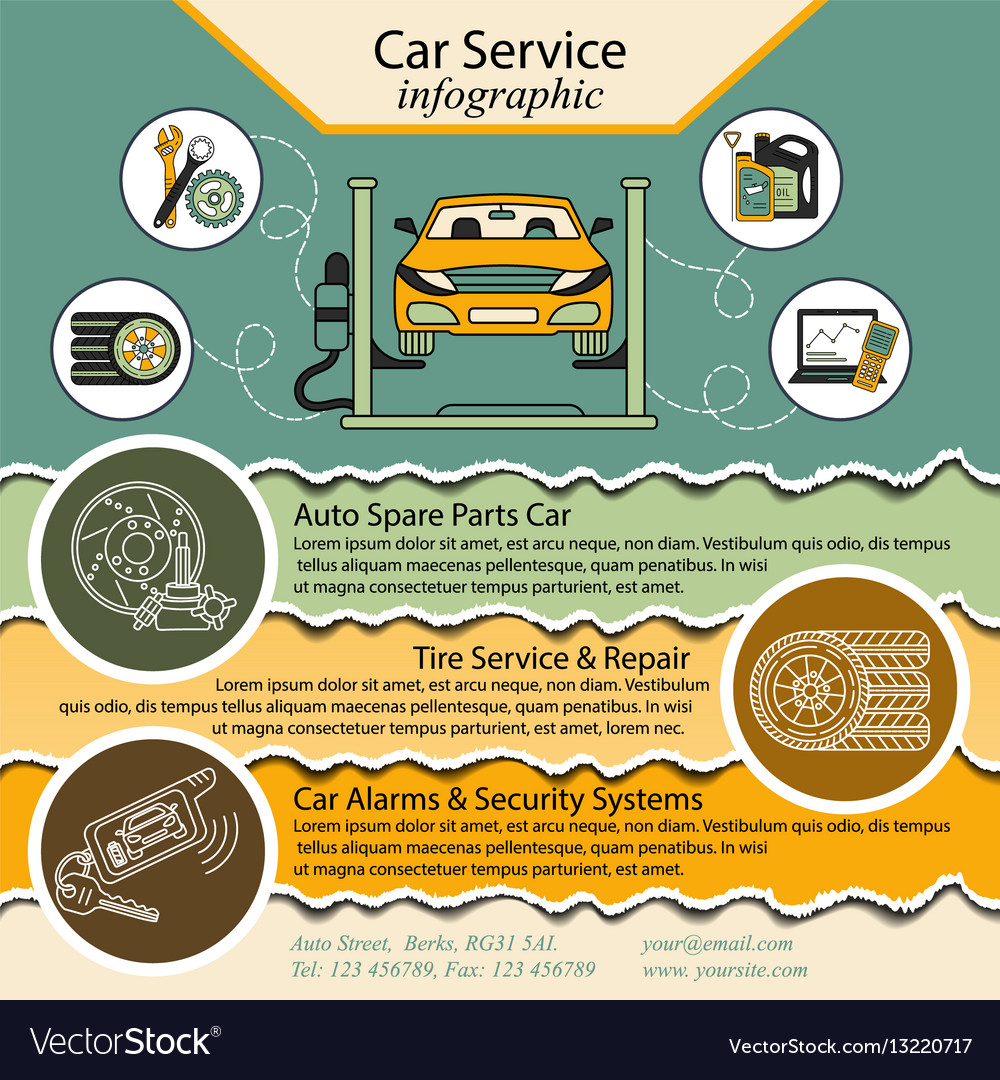Understanding The Meaning Behind Your Vehicle'S Warning Lighting: An Extensive Look
Understanding The Meaning Behind Your Vehicle'S Warning Lighting: An Extensive Look
Blog Article
Material Create By-Higgins Forbes
When you lag the wheel, those beautiful caution lights on your control panel can be a bit difficult. Do you understand what they're trying to tell you regarding your car's health and wellness? Understanding the relevance of these lights is crucial for your safety and security and the long life of your vehicle. So, the next time among those lights appears, wouldn't you intend to decode its message accurately and take the needed steps to address it?
Common Warning Lighting and Interpretations
Recognize typical warning lights in your vehicle and recognize their definitions to make sure risk-free driving.
One of the most common caution lights include the check engine light, which indicates issues with the engine or emissions system. If learn this here now begins, it's crucial to have your car inspected without delay.
The oil stress warning light indicates reduced oil pressure, needing instant attention to prevent engine damage.
A flashing battery light may recommend a faulty charging system, potentially leaving you stranded otherwise attended to.
The tire stress tracking system (TPMS) light informs you to low tire pressure, impacting vehicle security and fuel efficiency. Disregarding this can cause risky driving problems.
The ABS light indicates an issue with the anti-lock stopping system, compromising your capability to quit quickly in emergency situations.
Last but not least, the coolant temperature cautioning light warns of engine getting too hot, which can cause extreme damage if not resolved promptly.
Understanding vehicle cleaning near me will certainly help you address concerns immediately and maintain secure driving conditions.
Significance of Prompt Interest
Recognizing the common caution lights in your car is just the primary step; the significance of promptly attending to these cautions can not be stressed sufficient to ensure your safety on the road.
When a caution light illuminates on your dashboard, it's your car's way of connecting a potential problem that needs interest. Neglecting these cautions can result in a lot more extreme issues down the road, compromising your security and possibly costing you much more in repairs.
https://donovanrngbv.wssblogs.com/30251087/individual-trip-revitalizing-my-old-vehicle-with-a-weekend-break-explaining-task to cautioning lights can avoid failures and mishaps. For example, a blinking check engine light can show a misfire that, if left neglected, might trigger damages to the catalytic converter. Addressing this quickly can save you from an expensive fixing.
In a similar way, a brake system cautioning light could signal reduced brake liquid or worn brake pads, important components for your safety when driving.
DIY Troubleshooting Tips
If you observe a warning light on your dashboard, there are a few DIY troubleshooting ideas you can attempt prior to looking for professional aid.
The first step is to consult your car's guidebook to recognize what the certain caution light indicates. Occasionally the concern can be as easy as a loosened gas cap setting off the check engine light. Tightening up the gas cap might solve the problem.
An additional common issue is a low battery, which can activate numerous advising lights. Checking the battery links for rust and ensuring they're secure could take care of the issue.
If a warning light continues, you can try resetting it by detaching the auto's battery for a few minutes and after that reconnecting it. Additionally, inspecting your lorry's fluid degrees, such as oil, coolant, and brake fluid, can assist fix cautioning lights related to these systems.
https://shaneqkfyf.blogadvize.com/37079219/a-guide-to-the-top-10-factors-to-consider-for-locating-the-very-best-car-service-center-neighboring
In conclusion, recognizing your car's warning lights is vital for maintaining your automobile running smoothly and securely. By immediately resolving these signals and recognizing what they mean, you can stay clear of expensive fixings and prospective malfunctions.
Keep in mind to consult your car's manual for specific information on each cautioning light and do something about it appropriately to make sure a hassle-free driving experience.
Stay notified, remain secure when driving!
